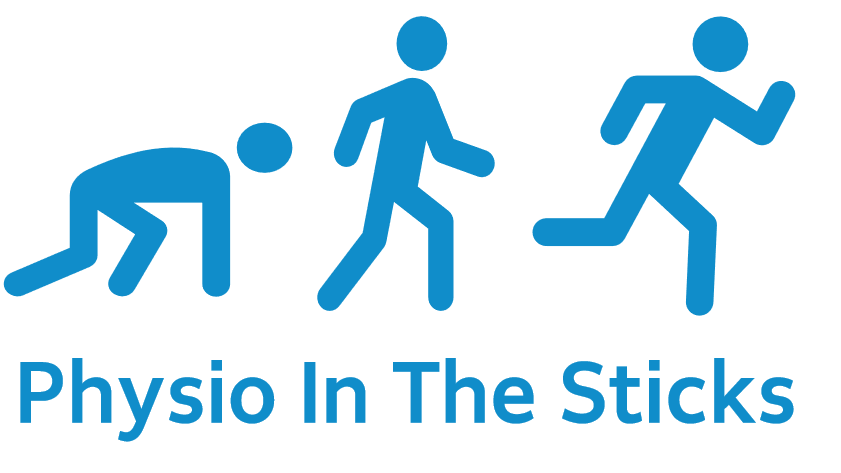Whiplash
Following an accident or playing a contact sport your neck, shoulders and upper back may feel OK. Initially your body responds with hormones including adrenaline to delay the pain but a few days afterwards pain may suddenly start. This can be very worrying and painful as well as preventing you from doing usual activities such as moving, driving or reaching out.
Looking for whiplash online may show you a mountain of information, some of which sounds very serious. However the majority of whiplash injuries are not serious and you can make a full recovery with the right physiotherapy treatment and advice.
What is whiplash?
Whiplash is when the body is unexpectedly propelled forwards and back again quickly like a whipcrack. The movement happens suddenly meaning there was no time to brace your body against the impact. This unexpected force can injure your muscles, tendons and ligaments in your neck, shoulder and upper back. Whiplash is common in car accidents but also in contact sports such as rugby, boxing, judo and football.
What are the symptoms of whiplash?
After the injury or accident, when you have been back at home and start to relax you may feel pain in the neck, shoulder and upper back. You may also have headaches and pain and numbness going down your arm. You may not be able to move your neck or shoulder in all directions and it may feel very stiff and sore.
When is whiplash serious?
If you feel dizzy, sick, nauseous, double vision, severe headache or have problems with your balance following the accident or injury you should seek urgent medical attention by visiting A & E.
As with any muscle, tendon or ligament injury there are different levels of severity. We use a grading system to diagnose whiplash and will check for any serious pathology or damage when we first see a patient. Most people with whiplash have grade one or two.
Grade one whiplash is when you have some discomfort and pain, but no loss of movement.
Grade two is discomfort and pain alongside mobility issues and restricted movement.
Grade three whiplash is a more serious injury to the soft-tissues, pain, lack of movement and possible neurological (nerve) effects as well.
Grade four is a serious injury to the neck area with a possible dislocation or fracture
If you had medical attention at the time of the accident you may have been placed in a hard collar before they are seen in A&E. This is just done as a precaution and not a sign that the doctors believe you have a serious injury. Often in A&E the collar is removed without having an X-ray so try not to be worried if you get discharged without an X-ray. There are other indications of a serious grade four injury which the doctors will have asked you about.
How long does it take to recover from whiplash?
Every incident of whiplash is different so the treatment and rehabilitation plan that I would develop with you is as individual as a tailored suit. Generally people who have good quality physiotherapy recover within 6-8 weeks. If you are not fully recovered or seeing minimal improvement by 12 weeks then you may be referred to a specialist.
I'm looking for a physio near me, but how can I manage the pain until I book and appointment?
You should book an appointment as soon as possible, so that your injury can be assessed and we can start with your treatment. I am open 7 days a week and offer online consultations - which is quite handy if you can't drive! For the first 3 days follow these recommendations to manage the pain:
1. Rest – Avoid strenuous activities, such as going to the gym or heavy lifting. When you lie down make sure that you are supporting your neck and back on the sofa or with pillows.
2. Heat and ice – Many people find that this offers fast relief from the pain of whiplash. Some people prefer ice and others prefer heat. Leave the ice on for 5 minutes during the first three days after injury or heat on the area for up to 15 minutes and repeat roughly every two hours. Wrap the ice or heat in a tea towel to avoid causing any irritation to the skin.
3. Keep moving – You should rest the neck and shoulder area and avoid any activities that may cause further aggravation, but avoid complete bed rest or not moving your whole body. Keep moving as much as you are able to within your pain threshold. This will help to keep blood flowing and mobility in your muscles.
4. Pain relief– You may need to take pain relief following the advice of a pharmacist or doctor.
5. Relax – Tensing and holding your posture in a certain way to guard your neck can prevent recovery and start to create bad patterns.
Whiplash pain relief tips
Try to relax if you can and think about your posture. Taking a warm bath or shower can help,. Try this relaxation exercise:
1. Lie comfortably on your back and place a pillow under your knees if you find this feels more comfortable.
2. Tense each body part for 3-5 seconds by contracting the muscle, then let go all at once and relax.
3. Work through the muscles in your upper body one at a time, starting with your scalp and moving down to your ears, face muscles and eventually your neck, shoulder and hands.
4. Try repeating this throughout the upper body for a few minutes, before relaxing completely.
How does physiotherapy help whiplash?
There are several ways that we treat whiplash and help our clients to make a full recovery.
At your first appointment I ask questions so that we can understand exactly what has happened to your neck and check for any serious pathology or injury. We will then develop with you a personalised treatment plan with advice and education about how to manage the injury. We also prescribe exercises for you to complete during our appointment and at home which is also an important part of the recovery process.

